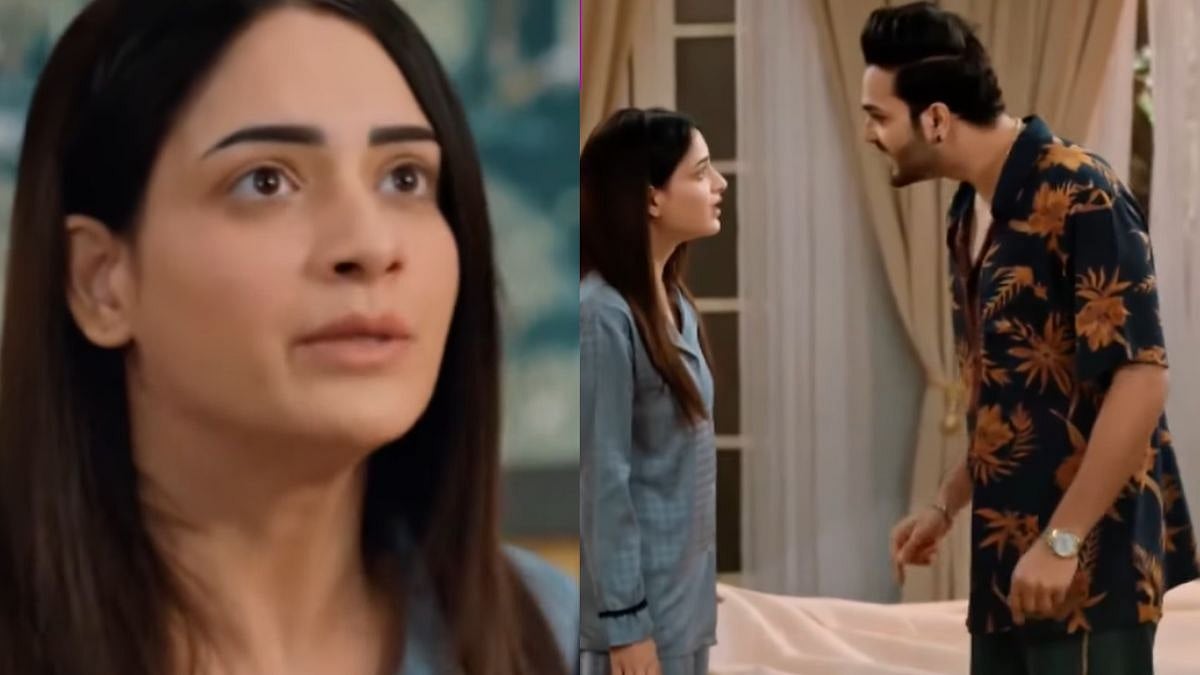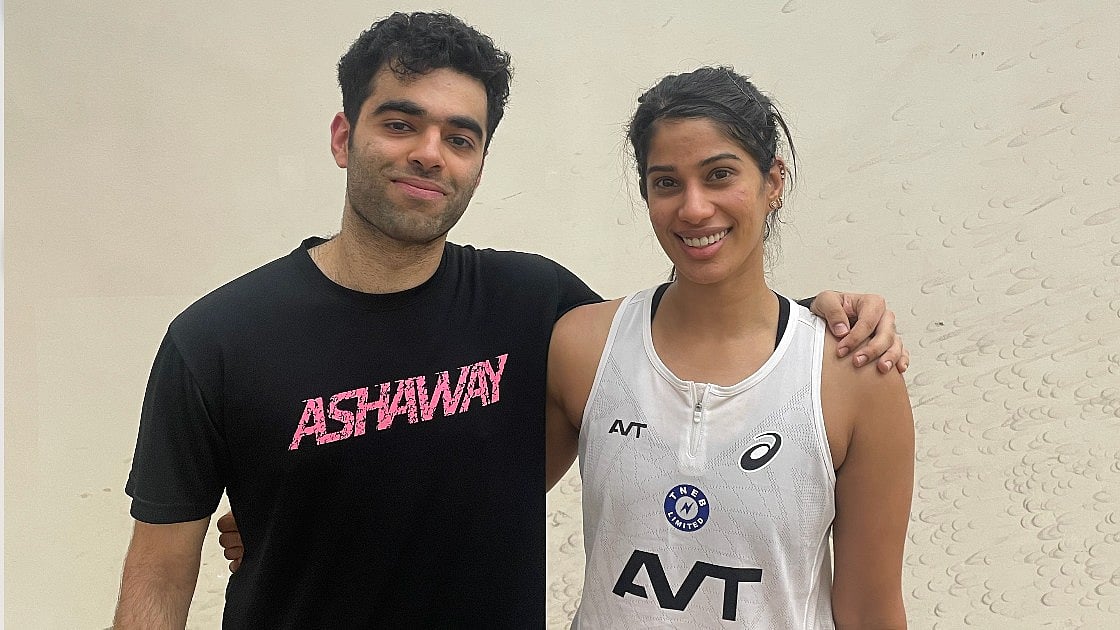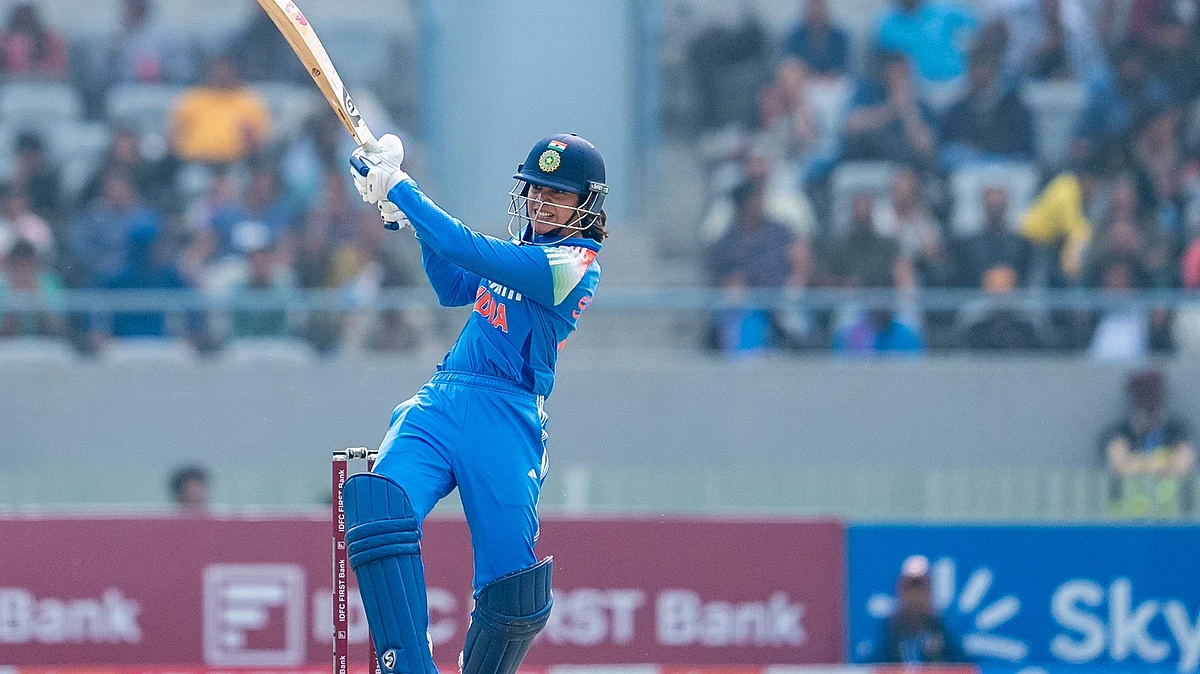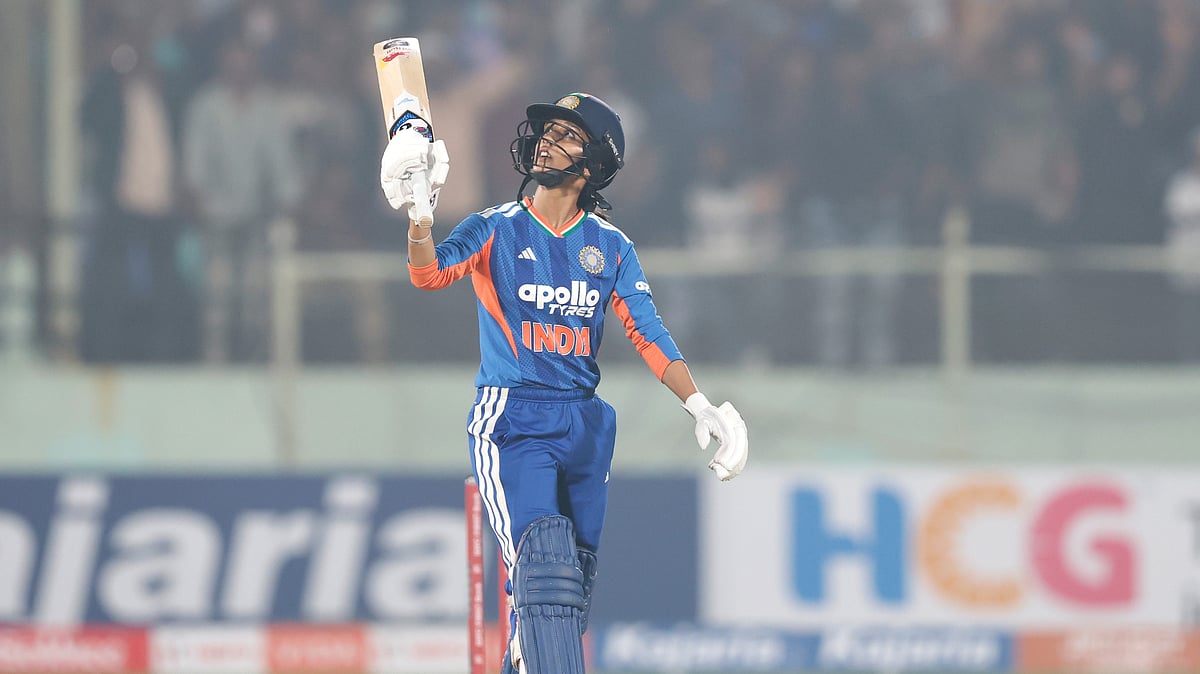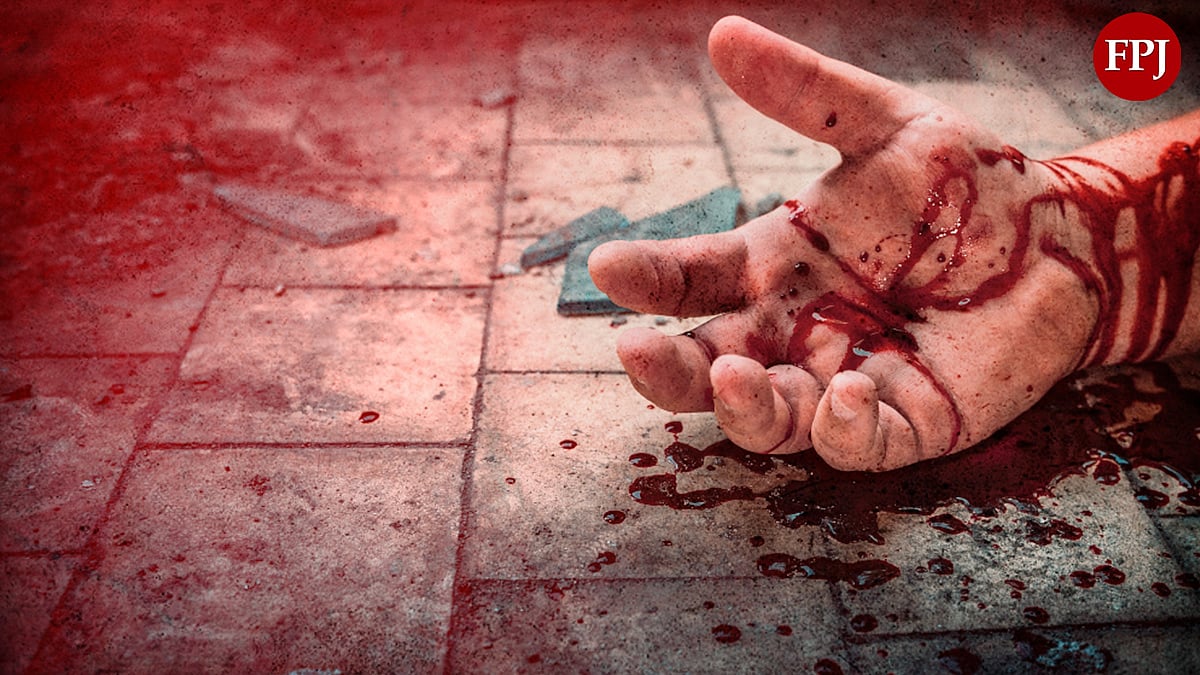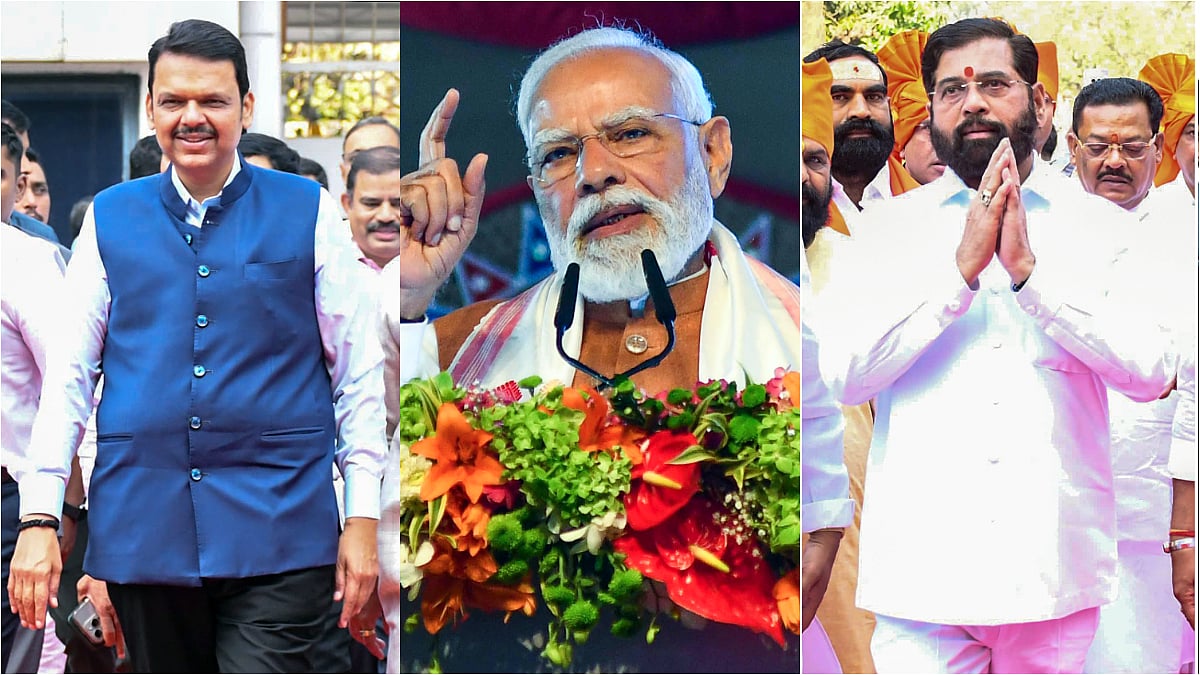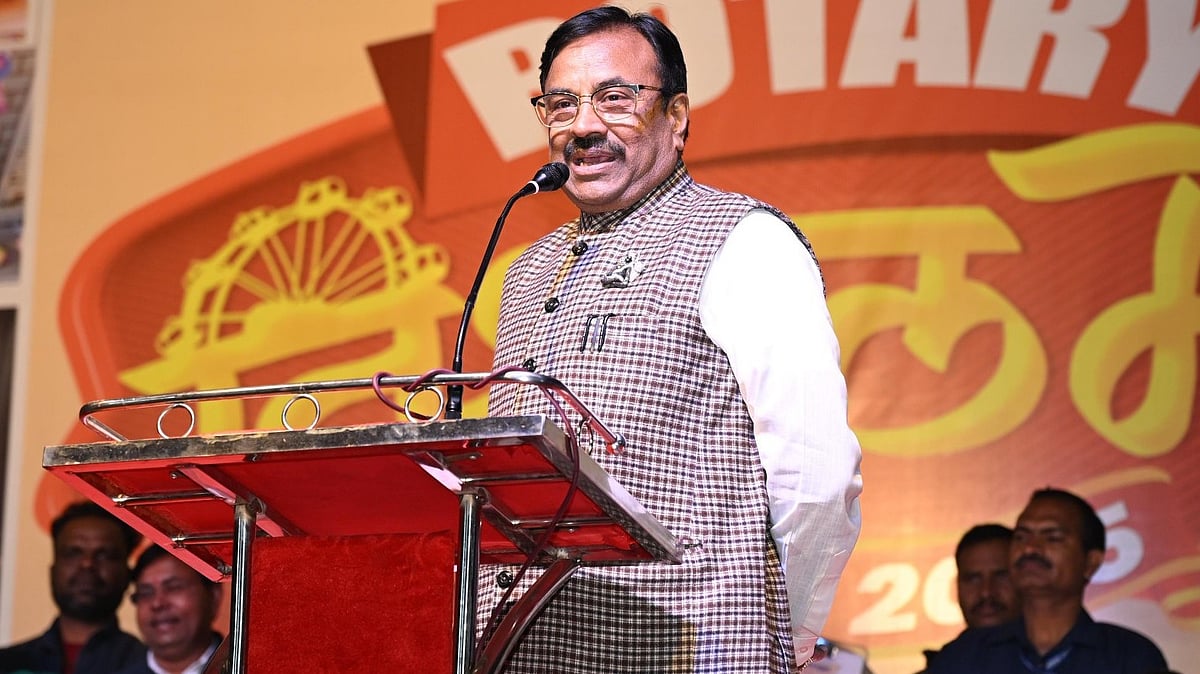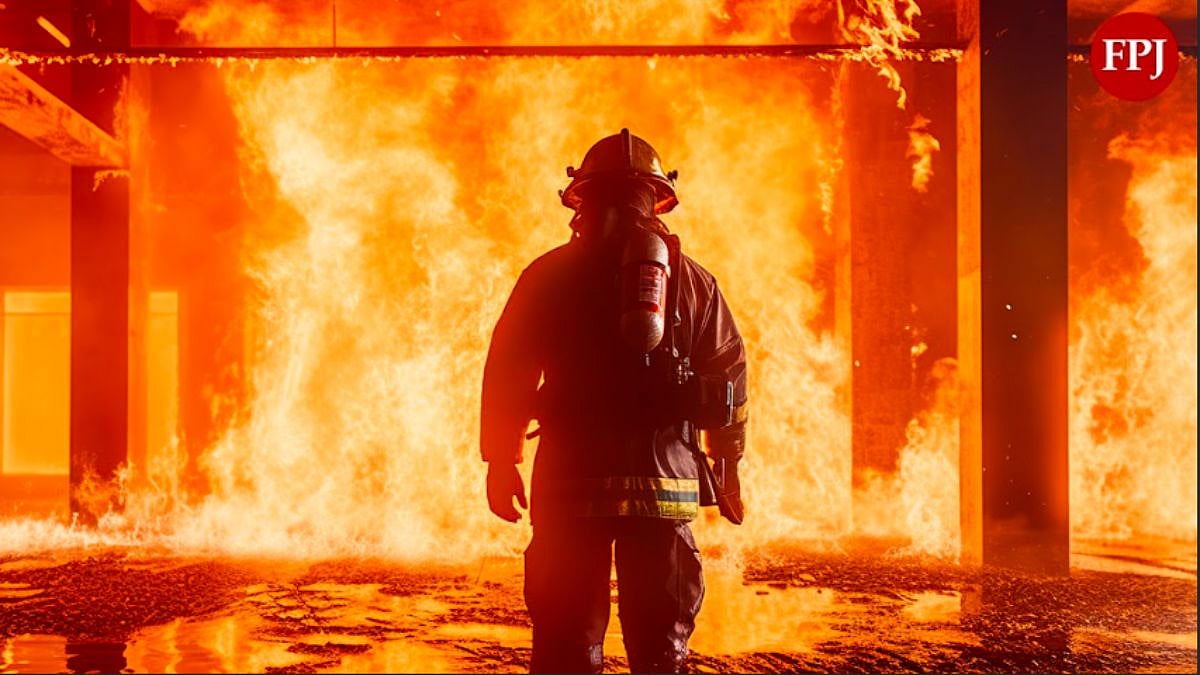Mumbai: Testifying last week as a medical expert in the Sheena Bora murder trial, a doctor from AIIMS, New Delhi had deposed that on examining skeletal remains of the victim, he had found it to be of a woman aged around 23 years who had died three years before it was recovered. However, on Monday, the same witness admitted during cross-examination that there were no records in the examination report to show that the bones had been measured to determine the age of the victim through a scientific formula.
Asked whether such a record would constitute important evidence, the doctor dismissed it as `unnecessary clerical work’. The doctor also admitted that he had not weighed the bones, with the defence arguing that weight of the bones was an important factor in determining the sex of the skeleton.
While agreeing that a visit to the crime scene is important in the investigation of a medico-legal case, he said he did not visit the scene. Nor was he aware of who typed the medical board’s final report, but that a junior-most member of the board had dictated it, he said.
Dr. Sudhir Gupta, who was head of the department of forensic medicine at the premier institute at the time of examination, said that while answers sought by CBI were regarding the age, sex, etc of the skeletal remains, the agency had informed him through written communication that the subject case pertained to the murder of Sheena Bora, aged about 25 years.
During the cross-examination on Monday, Gupta did not have answers to several questions posed by Shrikant Shivade, the lawyer of Peter Mukerjea, an accused in the case.
Asked how many readings are generated for the measurement of a single bone, Gupta said, “Exactly, I can’t answer.”
He went on to say that he was not aware of the procedure followed in anthropology for measurement of a bone. Agreeing that notings on measurements of bones was important evidence, Gupta said there were no such notings recorded in the report filed by the medical board constituted for the forensic examination.
The witness said he had studied the formula used for determination of age, but had not recorded it anywhere in the report. He said he did not know how many variables there were in the formula, or if measurements had to filled in the formula to arrive at the age of the victim.
Asked by Shivade if it was not important to record the method an expert uses to arrive at conclusions in the report, Gupta said ‘unnecessary clerical work’ was not important.
Gupta said that the medical board had referred to some books while forming an opinion and discussing the examination of the skeletal remains. But the final post mortem report, he said, did not cite any of these books. Minutes of the board meeting were not kept, he said.
When asked if he was aware of the media coverage the case had received, Gupta said he did, but that he may or may not have had a rough idea of the case before he examined the remains.
The skull he had examined was produced before Gupta in court on Monday. When asked about the teeth, he said they were naturally fitted. However, when he was later shown a photograph sent by the agency, he said he had seen it before examining the remains. The photograph showed that the teeth were outside the skull and not naturally fitted. Gupta later recalled that some teeth were sent as samples to him for examination.
Gupta said that he had relied on the Nair hospital post mortem reports and had reiterated the same with some additions and modifications. The first post mortem report of the hospital had, however, arrived at the conclusion that the death took place a month before the body was recovered, while the second was silent on the time since death. Gupta’s own report did not mention on what basis the time since death was determined as three years since recovery.
Shivade asked Gupta if he knew TD Dogra who had levelled allegations of plagiarism against him, pertaining to a research paper. The doctor said he new Dogra as the head of the forensic department before him, but was not aware of any such allegations.
Shivade said that the allegation was investigated by the Medical Council of India and the Ethics Committee had upheld Dogra’s claim. The advocate further said that the ethics committee had expressed great concern about the state of affairs at AIIMS and recommended exemplary punishment to discourage the practice.
Gupta denied that there was another allegation against him of plagiarism in a book he had authored.

